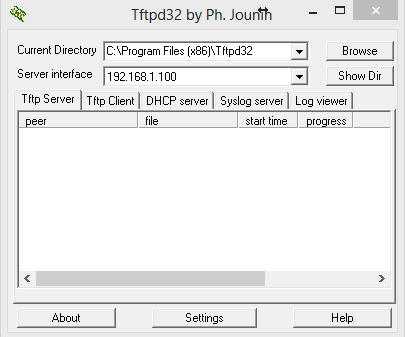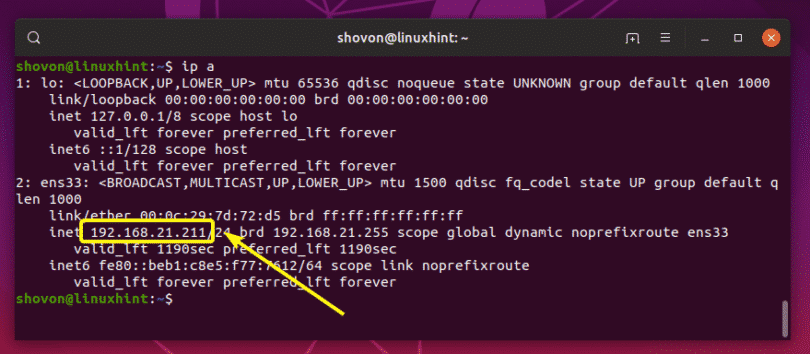

The client initiates the data connection using a high data port to an application layer agreed port in server side.Ĥ. The picture below shows how the connection flows when a data is required to be transfered between a client and a FTP server.ģ. Passive FTP Mode ConfigurationĪ passive FTP setup only uses the port 21 in the servers or backends side. Note: This configuration is save to be used for both active and passive client/server modes. The clients have to connect to the VIP address of the new FTP farm. With Zevenet Load Balancer, we’ve to achieve this kind of configuration creating a LSLB farm profile L4xNAT with ports 20,21 and FTP protocol, as it’s shown in the picture below, and finally set the backends (not required to set the ports). The client acknowledges to the server when it’s finished.Īt this point, we’ve to setup a load balancer between both client and server and then takes care about the traffic flows, connections initializers and port agreements between client and server. The server initiates the data connection using the data port 20.Ĥ. The client requests to the server via port 21 a command.Ģ. The picture below shows how the connection flows when a data is required to be transfered between a client and a FTP server.ġ. Active FTP Mode ConfigurationĪn active FTP setup will require to use the ports 20 and 21 in the servers or backends side. The scenario that we want to achieve in this article is shown in the diagram below.Įither there is a high concurrency of users and it’s required to scale the service or it’s a critical service that needs to be high available, a FTP service load balancer will be needed.
CHECK TFTP CLIENT CONNECTION DOWNLOAD
TFTP or Trivial FTP is a variation with a faster file transferring and simpler architecture design that uses just one UDP port (69 by default), no authentication mechanism support or ciphering, three transferring modes available (netascii, octet and mail) and only basic commands like upload and download files.īoth FTP and TFTP services can be load balanced easily with Zevenet Load Balancer. Some features that provides FTP are: 2 TCP ports (20, 21 by default) used one for control commands and another for data, authentication mechanism support, no ciphering support, ascii and binary transferring, broad commands available (directory listing, directory browsing, upload files, download files, etc.) and inherent TCP resilience. In addition, FTP server and client could behave in active or passive modes, that could be described below. FTP is a complex and plain (no security aware) protocol which ports used are negotiated at application layer between the client and the server, so that it’s a little bit difficult to load balance or create firewall rules. Lets look at how the sample run of the program looks like.FTP or File Transfer Protocol is an application layer protocol widely used for file transferring in a client-server architecture design that relies on TCP/IP network layers. ** Normal Termination ** - This excerpt is taken directly from `RFC 1350 `_ The end of a transfer is marked by a DATA packet that contains between 0 and 511 bytes of data (i.e., Datagram length h") if len ( data ) < TERMINATING_DATA_LENGTH : break if _name_ = '_main_' : main () Server sends next data with incremented block number and. Client sends an ACK for the received block 4. Server responds with block of data along with block number. Client sends a Read Request specifying a file and mode. = Protocol in action = As shown above the protocol can be seen in action on the last 6 lines or so. mode= TFTP transfer mode : "netascii", "octet", or "mail" """ from docopt import docopt import socket from struct import pack """ opcode operation 1 Read request (RRQ) 2 Write request (WRQ) 3 Data (DATA) 4 Acknowledgment (ACK) 5 Error (ERROR) > 2 bytes string 1 byte string 1 byte - | Opcode | Filename | 0 | Mode | 0 | - Figure 5-1: RRQ/WRQ packet The ] field contains the string "netascii", "octet", or "mail" (or any combination of upper and lower case, such as "NETASCII", NetAscii", etc.) > 2 bytes 2 bytes - | Opcode | Block # | - Figure 5-3: ACK packet > 2 bytes 2 bytes n bytes - | Opcode | Block # | Data | - Figure 5-2: DATA packet > TFTP Formats Type Op # Format without header 2 bytes string 1 byte string 1 byte - RRQ/ | 01/02 | Filename | 0 | Mode | 0 | WRQ - 2 bytes 2 bytes n bytes - DATA | 03 | Block # | Data | - 2 bytes 2 bytes - ACK | 04 | Block # | - 2 bytes 2 bytes string 1 byte - ERROR | 05 | ErrorCode | ErrMsg | 0 | - Error Codes Value Meaning 0 Not defined, see error message (if any). b Use python bytearray to build request.

Usage: tftp-client.py get -mode=] tftp-client.py (-h | -help) Options: -h -help Show this screen.


 0 kommentar(er)
0 kommentar(er)
